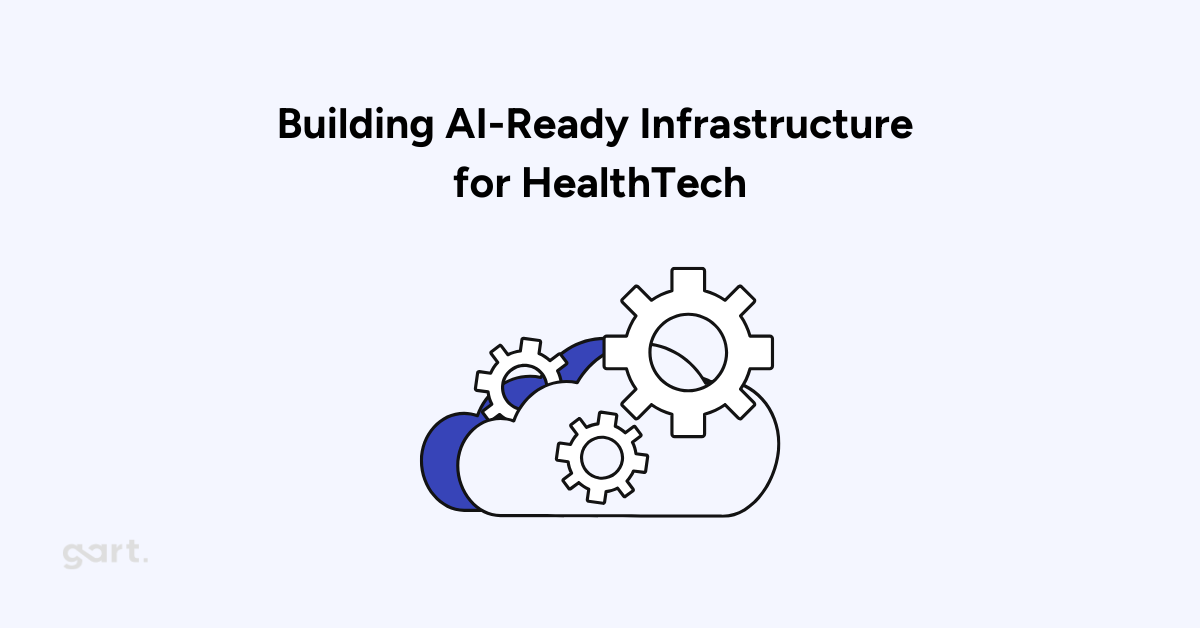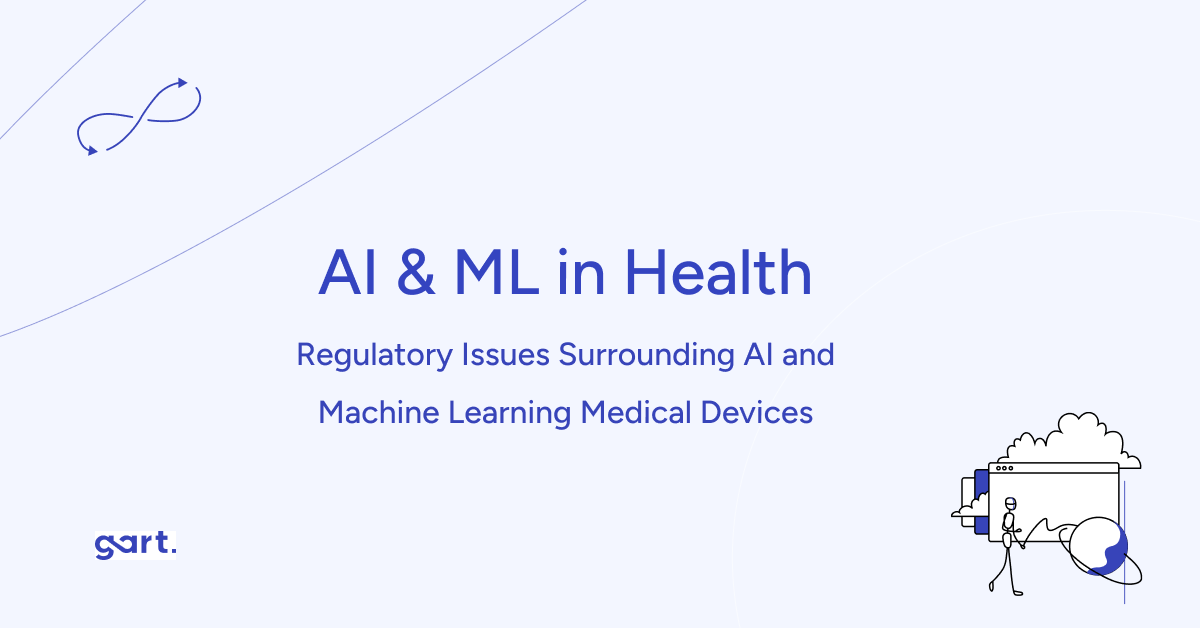The future of healthcare isn’t coming — it’s already here. The question is, are we ready to embrace it?
Healthcare is undergoing a radical transformation. Digital technologies — AI, cloud computing, IoT, and telemedicine — are redefining how patients access care, how doctors deliver it, and how outcomes are measured.
In this comprehensive guide, we’ll explore how digital transformation is reshaping the healthcare ecosystem, backed by real-world examples, expert analysis, structured data, and multimedia content to help you stay ahead of the curve.
What is Digital Transformation in Healthcare?
Digital transformation in healthcare refers to the strategic use of digital technologies to modernize healthcare systems, enhance patient care, automate workflows, and drive data-driven decision-making.
This goes beyond just switching from paper to digital records. It includes:
- Automating administrative tasks
- Enabling remote diagnosis
- Empowering patients with health data
- Leveraging predictive analytics
Think of it as replacing a dusty medical encyclopedia with an AI assistant that can predict, diagnose, and recommend treatments — all in real time.
Here’s how digital transformation has evolved in healthcare:
| Era | Technology Focus | Impact |
| 1990s | Basic Electronic Health Records (EHRs) | Digital record-keeping begins |
| 2000s | Telemedicine & Mobile Health Apps | Remote consultations and health tracking |
| 2010s | AI & Big Data | Predictive care and operational efficiency |
| 2020s & Beyond | IoMT, Blockchain, VR, Genomics | Personalized, connected, secure care |
Why Digital Transformation Matters in Healthcare
Healthcare has traditionally lagged in tech adoption — but the cost of delay is too high now.
- Rising Costs: Hospitals are under pressure to deliver better care with fewer resources
- Aging Populations: More chronic conditions, fewer caregivers
- Pandemics: COVID-19 exposed critical gaps in healthcare infrastructure
- Patient Expectations: Modern patients expect the same digital convenience they get from Uber or Amazon
Digital transformation solves all the above by making care more proactive, predictive, and personalized.
“That’s digital transformation in healthcare. In simple terms, it’s when we move from reactive to predictive care.” — Gart Solutions
Watch the video AI Ready Infrastructure for HealthTech
Core Technologies Powering Digital Health
| Technology | Function in Healthcare |
| Electronic Health Records (EHRs) | Centralized patient data accessible across systems |
| AI & Machine Learning | Diagnosis, clinical decision support, chatbots |
| Internet of Medical Things (IoMT) | Continuous monitoring, wearable data, smart devices |
| Telemedicine | Remote consultations, second opinions, chronic care |
| Blockchain | Secure patient data sharing, tamper-proof records |
| Cloud Computing | Scalable infrastructure, remote collaboration, data backup |
Pro tip: Combine AI with IoMT for a game-changing real-time diagnosis platform. AI flags abnormalities, IoMT sends alerts, and the cloud stores data instantly.
Benefits of Digital Transformation in Healthcare
Let’s break this down by key stakeholders:
For Patients:
- 24/7 access to health data
- Real-time chat with healthcare providers
- Personalized treatment based on genetic and lifestyle data
For Clinicians:
- AI-assisted decision-making
- Less paperwork, more time with patients
- Instant access to full medical histories
For Healthcare Systems:
- Automated admin processes (billing, scheduling)
- Optimized resource allocation
- Reduced errors, improved compliance
“Digitization isn’t just about efficiency — it’s about giving back time to doctors and confidence to patients.” — VisualSP
Challenges in Healthcare Digital Transformation
Even with all its promises, digital transformation isn’t a plug-and-play solution.
Top Roadblocks:
- Data Privacy — HIPAA and GDPR compliance are complex and constantly evolving
- Legacy Systems — Many hospitals still run on outdated infrastructure
- Resistance to Change — Clinical staff may resist unfamiliar tech
- Interoperability — Systems must “talk” to each other for seamless care coordination
- Cost — High upfront investments deter smaller facilities
Cybersecurity is critical. Healthcare data breaches cost an average of $10.1M per incident (IBM, 2024).
Strategies for Successful Transformation

Here’s how to make digital health implementation work in real life:
1. Create a Clear Vision
Define success: Is it shorter wait times? Better outcomes? Use KPIs to track progress.
2. Involve All Stakeholders
Bring IT, clinicians, patients, and leadership into every phase of planning.
3. Train & Upskill Teams
Digital tools only work if users know how to use them. Provide hands-on, ongoing training.
4. Start Small, Scale Fast
Use pilot programs to test solutions before scaling.
Digital Transformation Trends to Watch
| Trend | Impact |
| Predictive Analytics | Anticipates complications before they occur |
| AI Diagnostics | Reduces diagnosis time, improves accuracy in radiology and pathology |
| Virtual Reality (VR) | Used in surgical training, pain management, and patient education |
| Digital Twins | Enables simulation of patient conditions for personalized treatment plans |
| Wearables & Health Apps | Encourage proactive self-care and chronic disease management |
Precision medicine, driven by genomics and real-time data, is leading the future by tailoring treatment plans to everyone’s DNA and lifestyle.
How to Scale Your Digital Health Product — Gart Solutions Framework
Insights from Gart Solutions show that successful scaling in healthcare is a blend of strategy, technology, and human-centered design.
Key Principles:

- Build for Scalability — Architect your platform to handle user growth, increased data flow, and new integrations without performance issues.
- Focus on Interoperability — Use FHIR APIs and HL7 standards to ensure your system works seamlessly with EHRs, billing systems, and external data sources.
- User-Centric Design — Create intuitive interfaces and frictionless workflows for both clinicians and patients.
- Plan for Compliance — Ensure GDPR, HIPAA, and local regulatory compliance from the development phase, not as an afterthought.
- Secure Early Feedback — Pilot your solution in real clinical environments to gain feedback and validate your product’s value proposition.
Scaling isn’t just about technology — it’s about building trust, demonstrating value, and maintaining agility in a regulated environment.
Real-World Case Studies in Digital Health Transformation
Case Study 1: MedWrite AI — Automating Medical Report Generation

- Client Challenge: A healthcare organization was overwhelmed by manual medical documentation, resulting in delayed reporting, high operational costs, and physician burnout.
- Solution: Gart Solutions developed MedWrite AI, an NLP-powered tool that auto-generates medical reports from structured and unstructured data — including physician notes and EHR inputs.
- Technology Stack: Python, TensorFlow, FastAPI, PostgreSQL
- Outcome:
- 40% reduction in documentation time
- Improved data accuracy and report consistency
- Enhanced compliance with healthcare reporting standards
Impact: The AI-powered platform dramatically improved turnaround times, allowing clinicians to focus more on patient care rather than paperwork.
Case Study 2: Infrastructure Optimization and Data Management for a Large Medical Network

- Client Challenge: A growing medical network suffered from performance bottlenecks, siloed data storage, and a lack of unified access across its systems.
- Solution: Gart Solutions re-architected their infrastructure with a centralized, secure, and cloud-optimized data platform, introducing modern data warehousing and high-availability solutions.
Key Deliverables:
- Infrastructure redesign using Kubernetes, AWS, Docker
- Integrated backups, disaster recovery plans, and automated failover
- Centralized access to real-time analytics across departments
Results:
- 60% improvement in system performance
- 30% cost reduction in infrastructure operations
- Seamless interoperability between internal systems and third-party platforms
Impact: A more scalable, secure, and responsive infrastructure empowered faster decision-making and better patient service delivery.
Case Study 3: CI/CD Pipelines for E-Health Platform Development

- Client Challenge: A health tech startup faced long development cycles, manual testing processes, and unreliable deployment environments for its digital health platform.
- Solution: Gart Solutions implemented CI/CD pipelines tailored for healthcare compliance (HIPAA/GDPR), enabling automated testing, deployment, and monitoring of new features.
- Technologies Used: GitLab, Jenkins, Docker, Terraform, Kubernetes
Results:
- 80% acceleration in release cycles
- 90% reduction in human error during deployment
- Higher developer productivity and faster time-to-market
Impact: The solution enabled the e-health platform to rapidly scale, iterate safely, and meet healthcare compliance standards — giving the startup a competitive edge.
Federal Healthcare Transformation — Public Sector Innovation
Government and public health systems are often seen as slow to innovate — but that’s changing fast.
As highlighted in Gart Solutions’ Medium article, federal agencies are modernizing IT infrastructures to streamline care, improve transparency, and ensure security.
Focus Areas:

- Interoperable EHRs — Agencies are replacing siloed systems with unified platforms
- Telehealth Networks — Expansion of remote care for veterans, rural populations, and underserved areas
- Cybersecurity Investments — Protecting critical public health infrastructure from cyberattacks
- AI for Public Health Surveillance — Leveraging AI to monitor outbreaks, manage supplies, and detect fraud
Public healthcare transformation is vital not just for cost reduction, but for delivering equitable, accessible care nationwide.
Where Healthcare Leaders Are Investing — McKinsey Insights
Based on McKinsey’s report, digital transformation budgets are increasingly focused on high-ROI technology areas.
| Investment Area | Reason |
| Data & Analytics Platforms | To enable real-time decision-making and care optimization |
| Digital Front Door Tools | Enhancing access through online scheduling, chatbots, and mobile apps |
| Workforce Productivity | Automating administrative tasks to free up clinician time |
| Cybersecurity | Essential to protect against ransomware and data breaches |
| Patient Engagement Systems | To support education, adherence, and health self-management |
Investments aren’t just about cost-efficiency — they’re about survival in an increasingly competitive, value-driven healthcare landscape.
The Role of Data in Digital Health Transformation
Data is more than just numbers — it’s the foundation of modern healthcare.
Applications:
- Clinical Decision Support — Real-time alerts, risk scoring, and diagnostic insights
- Population Health Analytics — Understanding trends, gaps, and disparities
- Predictive Modeling — Forecasting disease spread, patient deterioration, or treatment effectiveness
- Value-Based Care Optimization — Using data to link payments to outcomes
Core Principles:
- Accessibility — Data must be readily available at the point of care
- Security — Encrypted, compliant with data privacy regulations
- Ownership — Patients increasingly expect control over their own health data
- Interoperability — Systems must communicate without barriers
Data is what transforms reactive care into proactive, personalized healthcare.
Building a Patient-Centered Digital Ecosystem
In a patient-centered system, technology empowers individuals to engage with their health in ways that are flexible, personal, and intuitive.
Elements of a Digital Ecosystem:
- Patient Portals — Central hubs for records, appointments, and communication
- Mobile Health Apps — Empower patients to track symptoms, medications, and activity
- Remote Monitoring Devices — Provide clinicians with real-time data and alerts
- Mental Health Technologies — Access to guided therapy, mindfulness tools, and chat support
- Interconnected Wearables — Seamlessly integrated into EHRs for continuous monitoring
The result is a system that doesn’t just serve patients — it collaborates with them.
The Future of Healthcare — What Comes Next?

The next wave of transformation will be even more groundbreaking. Here’s a glimpse:
- AI-Driven Primary Care — Chatbots and virtual assistants that handle triage and common conditions
- Smart Hospitals — Facilities where sensors, automation, and AI work together in real-time
- Healthcare-as-a-Service (HaaS) — Subscription-based, personalized care platforms
- Global Data Sharing via Health Clouds — Enabling cross-border patient data access and pandemic tracking
- Gene-Based Therapies — Targeted treatment at the molecular level
Healthcare is no longer reactive — it’s predictive, connected, and built around the individual.
Conclusion
Digital transformation is not just a buzzword — it’s a shift in how care is delivered, managed, and experienced.
When healthcare systems embrace innovation thoughtfully — by putting patients at the center, investing in the right technologies, and ensuring data security — the results are profound. Better outcomes. Lower costs. Healthier lives.
The future is digital, and the time to act is now.








